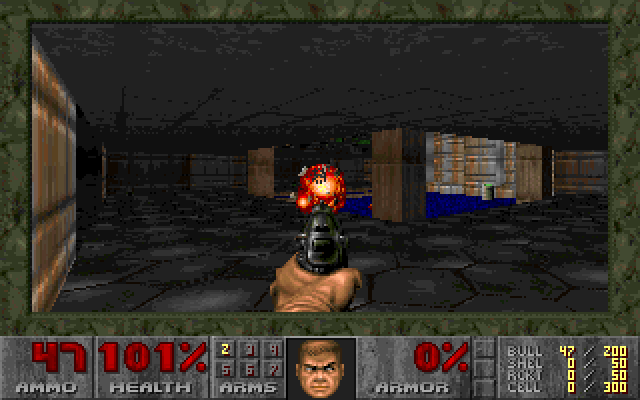It’s Call of Duty day, which would typically be the biggest day of the year in entertainment (technically), given how much money Activision’s annual shooter brings in. This year, the storied franchise - now in its 10th year and iteration - is unlikely to be the biggest breadwinner, given how incredibly fast Grand Theft Auto V hit a billion dollars (it took only three days), but it will still make some handsome bank.
As a long-time fan, I actually quite enjoyed this year’s installment, Call of Duty: Ghosts, more so than the past few releases. You can read my full review here. I also wrote a quick piece that tries to explain to non-fans why the series - and first-person shooters in general - are so popular.
In putting together a sidebar for that story about the most important FPS games in the history of the medium, I noticed a fascinating trend that seems to say something poignant about the times we’re living in: brand has become a stronger selling feature than the artist, at least in games.
Three of the most important shooters - Wolfenstein 3D (1992), Doom (1993) and Quake (1996) - were released in quick succession in the 1990s, all by Texas-based id Software. All three were big successes, both critically and commercially, and have subsequently been enshrined as hugely influential landmarks.
The games were substantially different from each other in terms of setting, gameplay and graphics. Wolfenstein - often credited as the game that launched the genre - looks positively rudimentary now, since it limited players to grid-like levels that had only one plane of action.
Doom upgraded the experience to feature multiple planes that players could access via staircases, plus it took on an entirely different story and setting. It shifted the action from World War II Germany to Mars, where the enemies were evil demons rather than the evil Nazis. Quake had a similar horror sci-fi tone, but it was decidedly more gothic. The game itself focused on adding multiplayer to the equation.
Each game introduced new technology, just as today’s shooters typically do, but the creators took what appears to be big risks to today’s thinking by spinning each out into its own new title, rather than continuing them on under one established umbrella. After all, could not Doom and Quake have simply been Wolfenstein 2 and 3, as they inevitably would be today? Tellingly, Wolfenstein did indeed get a proper sequel, but not till 2001, when the modern system of franchising was just starting to kick into full gear.
Today’s risk-averse publishers are increasingly packaging new advancements into established brands because they’re comfortable with those titles selling. Any one of Call of Duty’s 10 core releases could have been spun out into its own franchise, but why do that when games put out under that brand inevitably break sales records?
Gamers will indeed get an id-like flashback next year when Respawn Entertainment launches Titanfall for next-generation consoles. The core team of Respawn comes from Call of Duty originator Infinity Ward. Titanfall, a shooter that puts players into giant robots, will be fun to watch since it will represent what those developers are able to do when not shackled to an existing franchise. Had they stayed with Infinity Ward, it’s unlikely they’d have been able to make something like Call of Duty: Titanfall.
The whole situation, which involved the developers leaving Infinity Ward with significant acrimony for Activision over royalties, highlights how game creation has changed. Twenty years ago, id Software was the brand - it didn’t matter what the titles or settings of its games were, gamers knew that having the developer’s name on the box was a sign of quality.
The company was thus free to try new things and take risks. That’s very different from today’s world, where the brand has subsumed the creator.


Lawrence
November 5, 2013 at 11:06 am
No different than toy companies… Barbie and Hot Wheels mean more than Mattel.
Marc Venot
November 6, 2013 at 12:27 am
TotalBiscuit is much less kind: http://www.youtube.com/watch?v=AAgc43e-zp4&feature=c4-overview&list=UUy1Ms_5qBTawC-k7PVjHXKQ